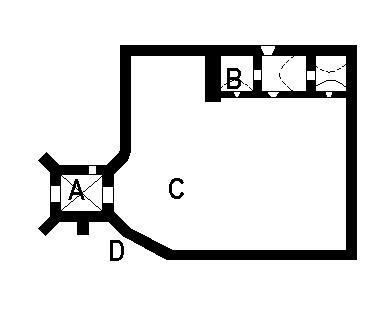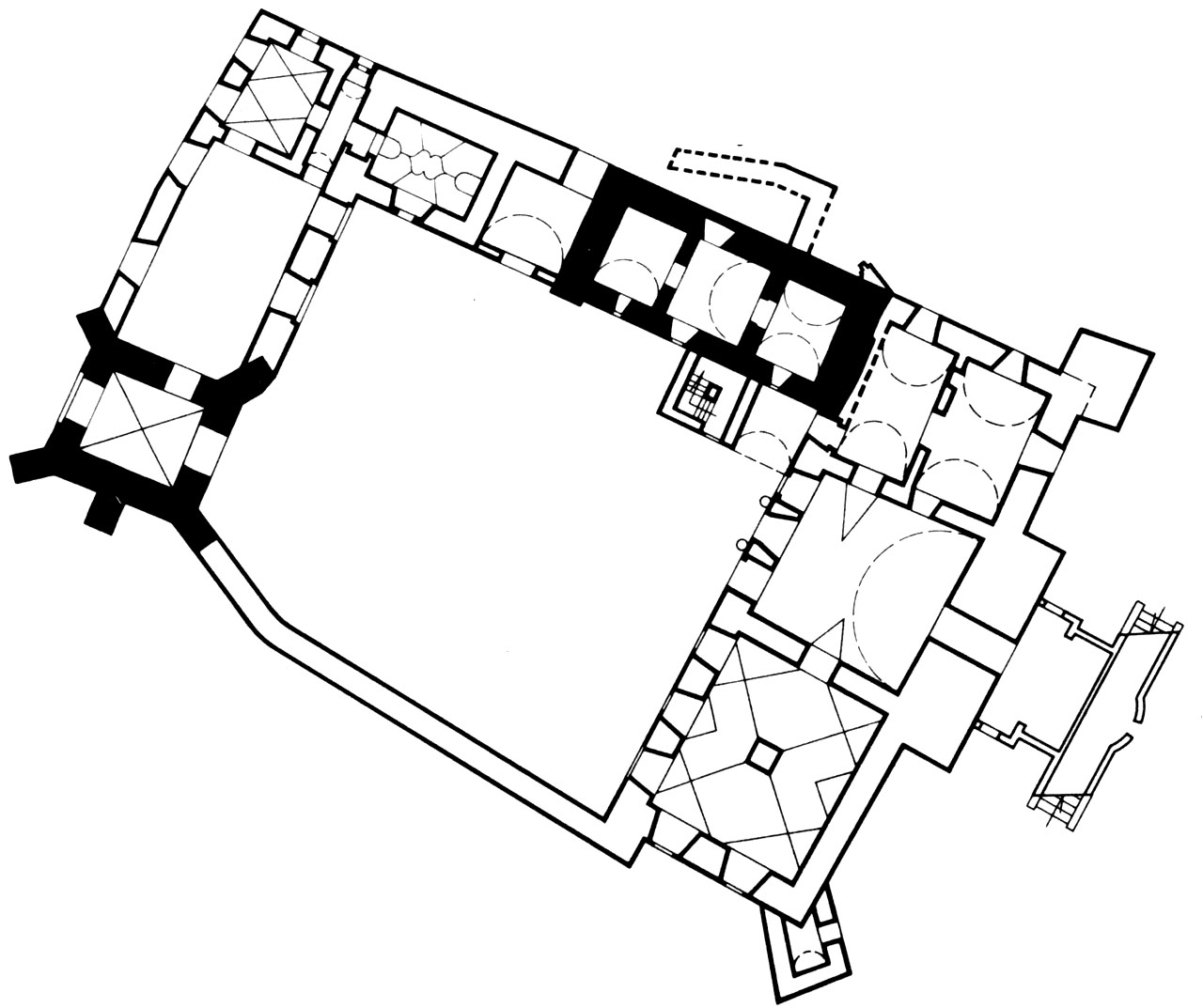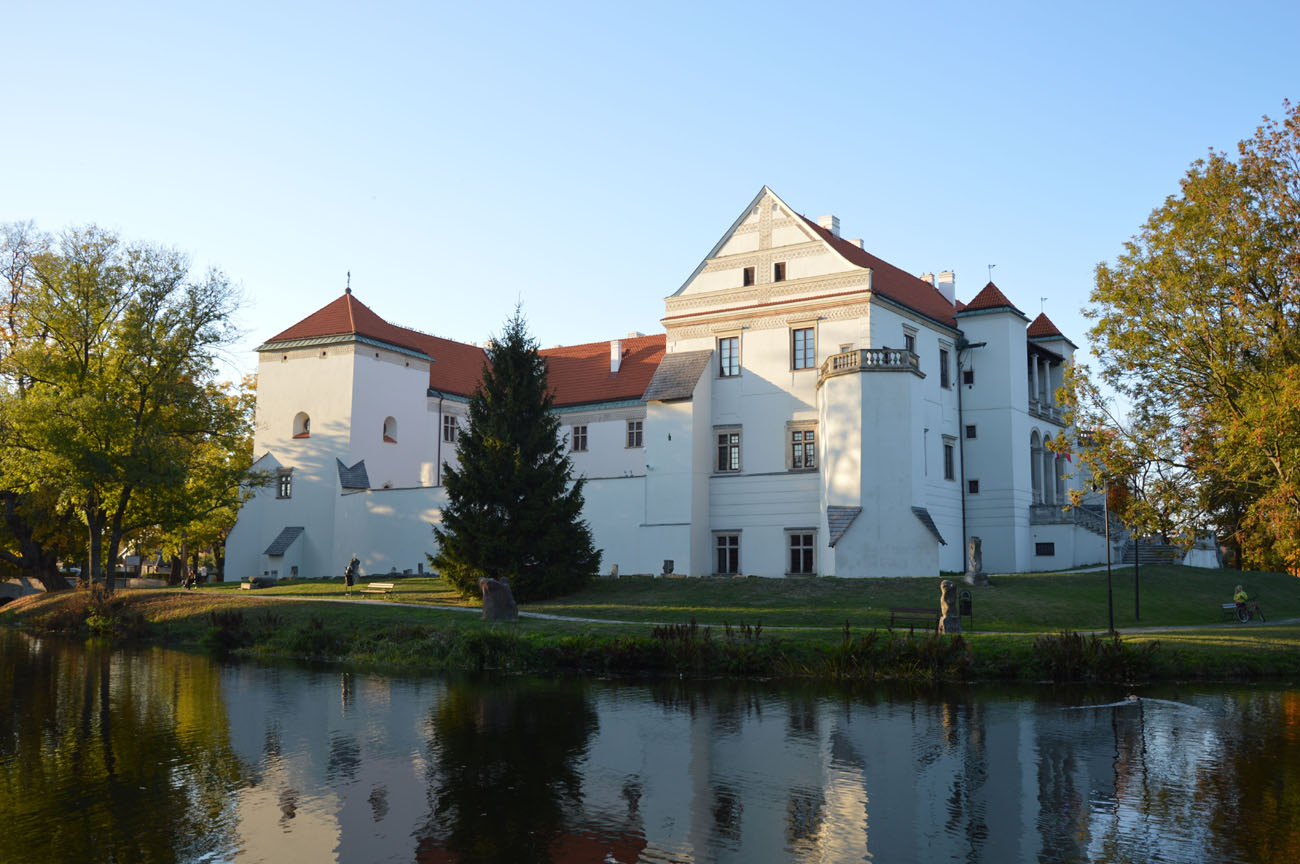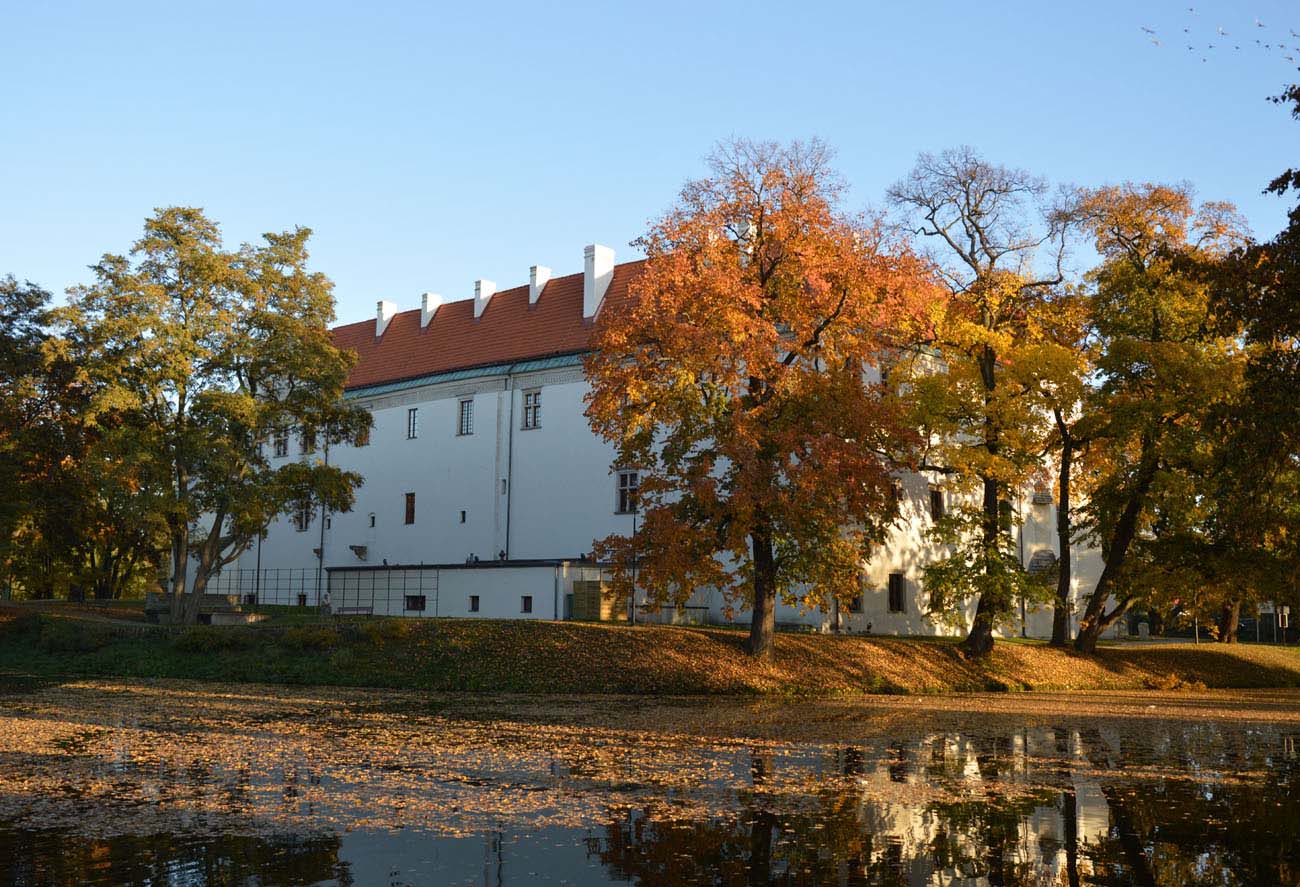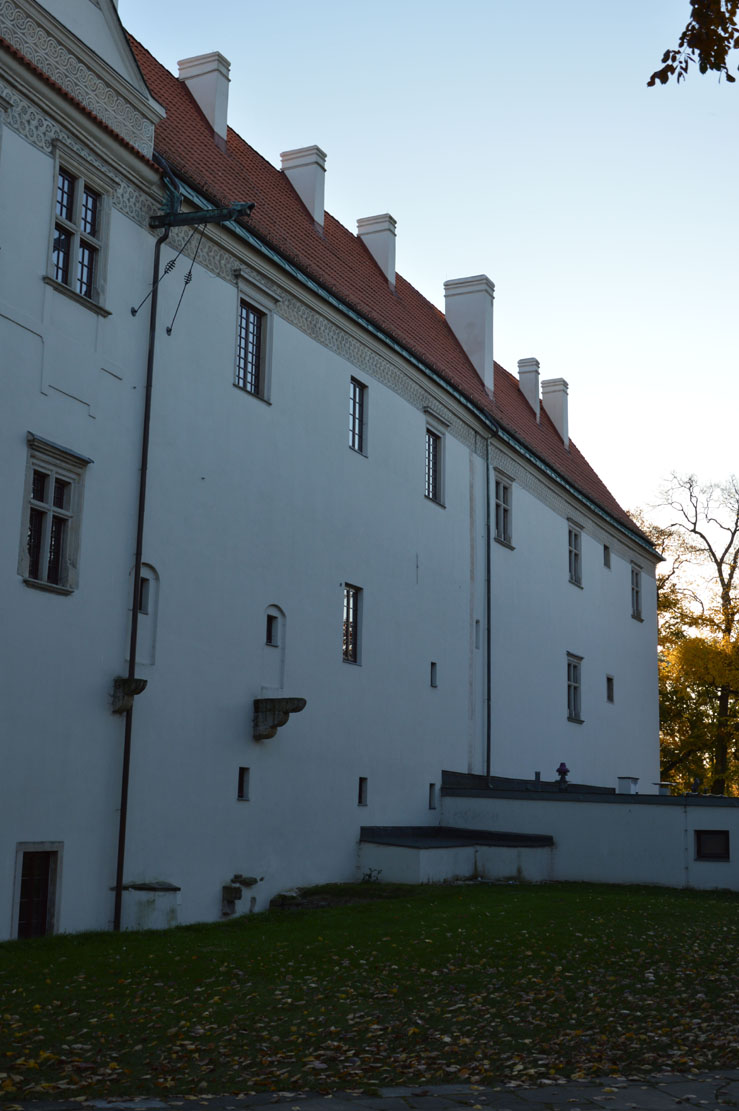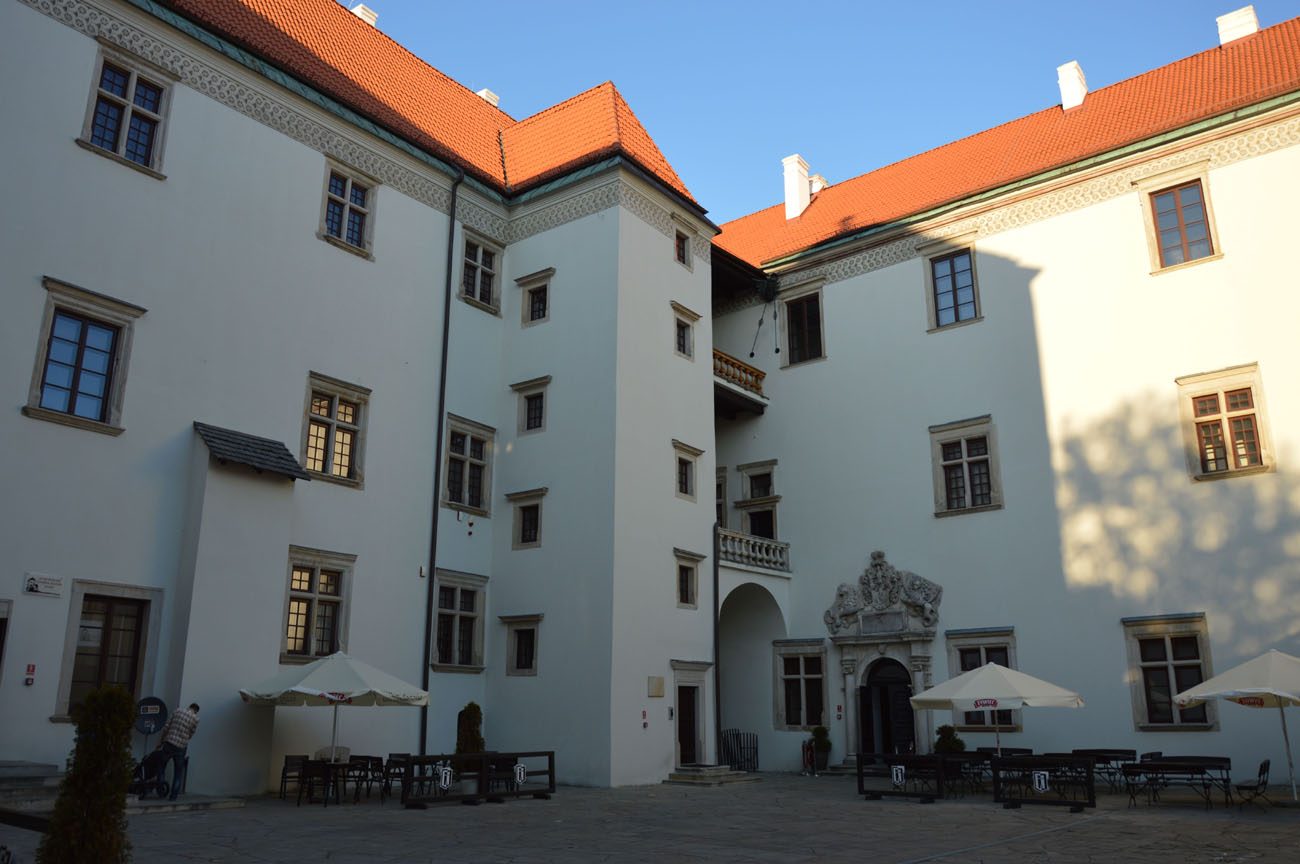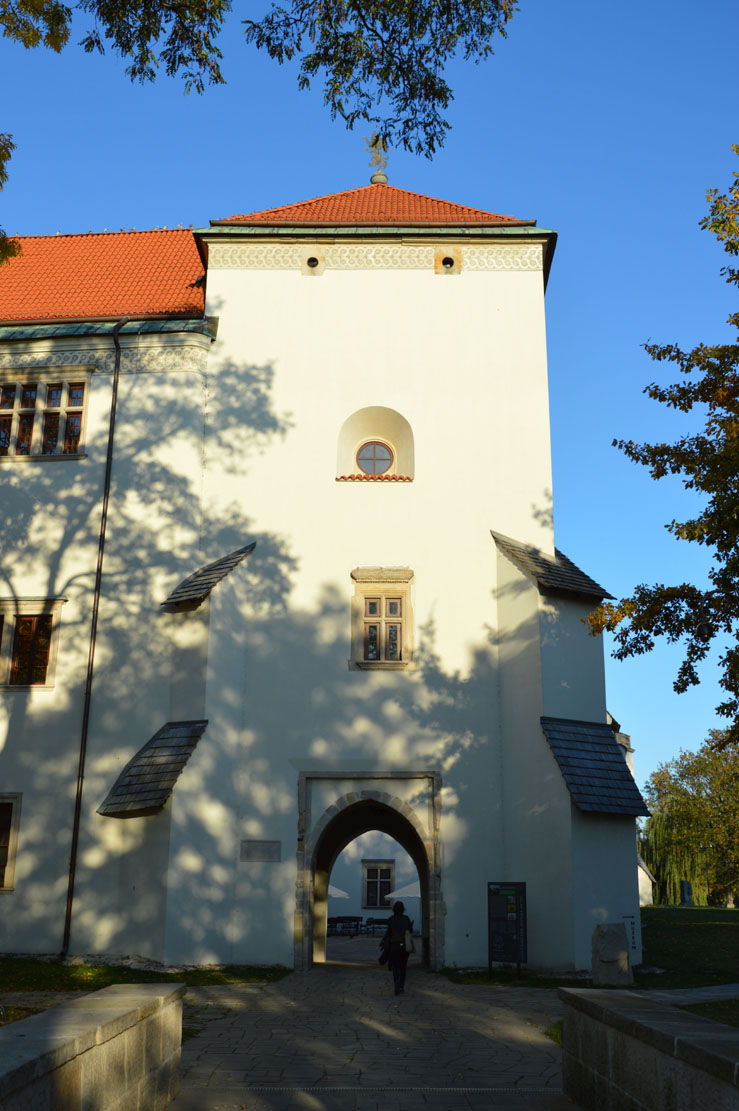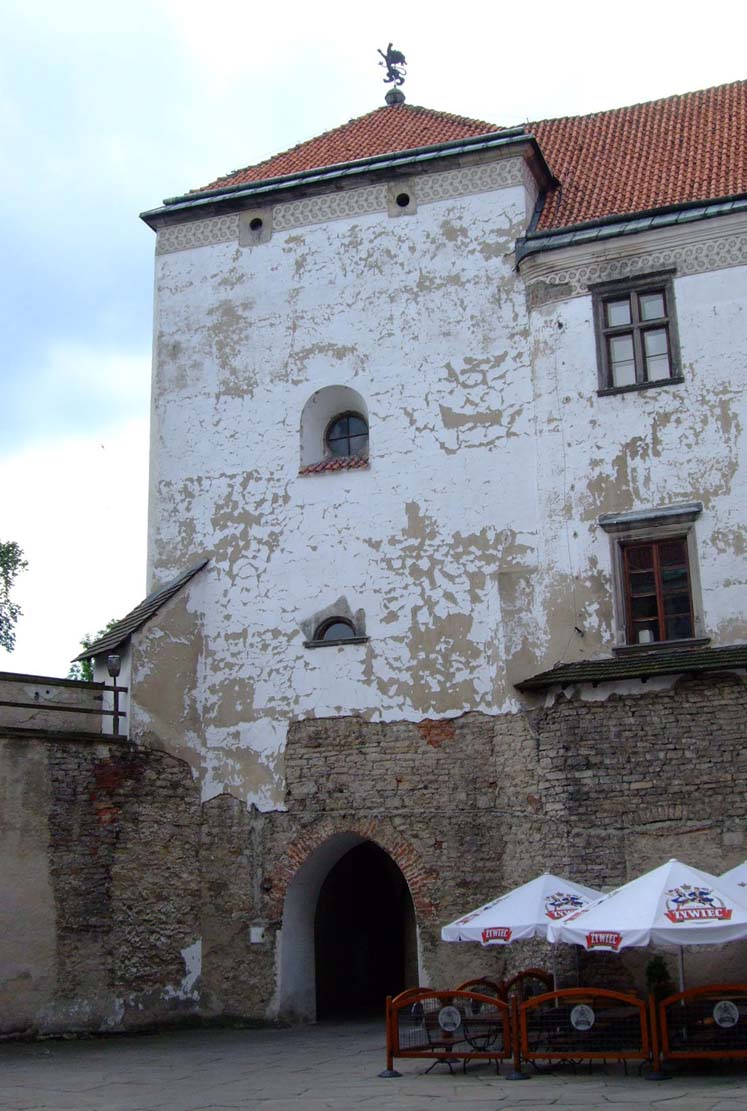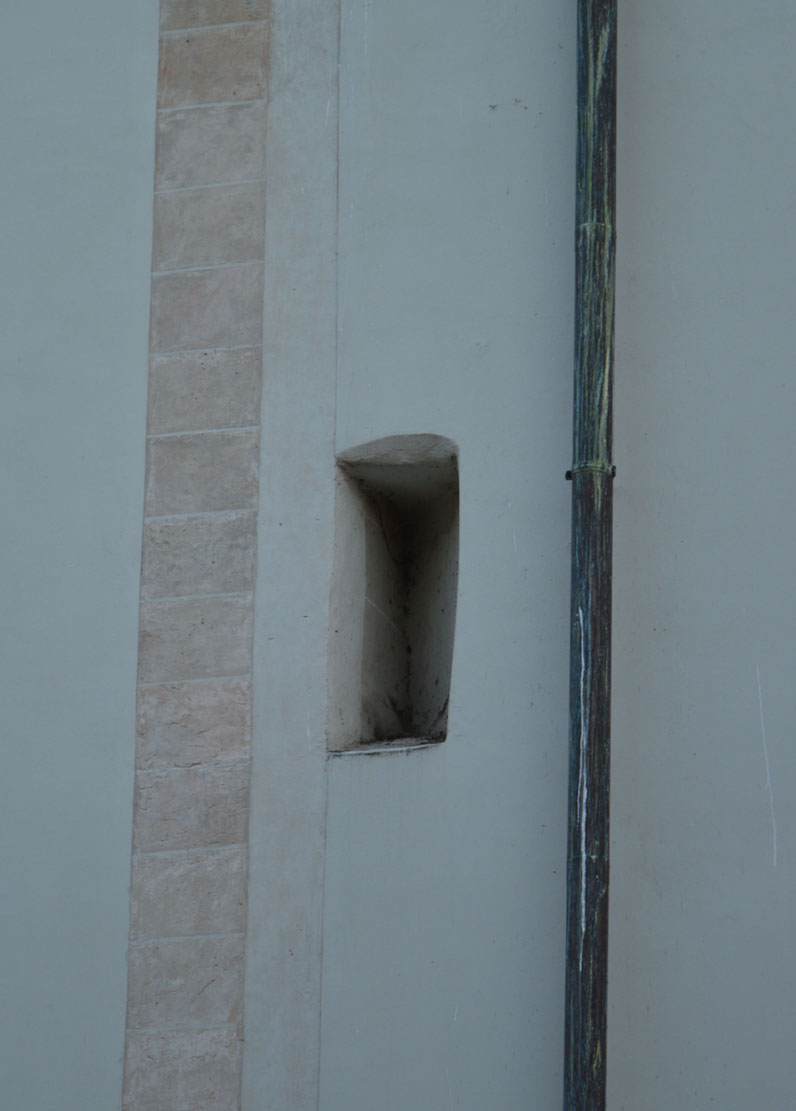History
In the 13th century, there was a knight’s castle in the area of the present castle, which was a center of local lands. It protected the crossing of the river Korzeniówka on the local trade route. Perhaps at the turn of 1259/1260, it was alongside with the village destroyed during the Mongol invasion. The next phase of construction is the 14th-15th century walls of the court of irregular stone. Its founder was Jakub and Sławek, ancestors of the Szydłowiec family.
In the years 1470-1480 Stanisław Szydłowiecki, castellan of Radom, built a stone castle composed of a residential building and a gate tower, connected by defensive walls. In the years 1515-1526 Mikołaj Szydłowiecki, who held the dignity of the supremus thesaurarius, transformed the defensive site into a renaissance residence. In 1550 Szydłowiec passed to the hands of the Radziwiłł family, who held it until the beginning of the 19th century, making further modernizations. In 1821 the castle was bought by Anna Sapieżyna, who sold it to the government of the Kingdom of Poland. In the second half of the 19th century it fell into ruin and was rebuilt in 1951-1952.
Architecture
The castle was erected on the island among the backwaters of the Korzeniówka river. In the 15th century it consisted of a residential building made of stone. It had four floors with three rooms on each of them. The second element of the castle was a four-sided gate tower located in the western part of the island. It was equipped on the ground floor level with a pointed passage embedded from the outside in a four-sided recess into which a raised drawbridge was hidden, which was thrown over the moat. Both buildings were probably surrounded by the perimeter of the defensive walls.
Expansion after 1515 led to the creation of a three-wing residension, closed by the south by wall curtain. The eastern wing formed a house of 14×55 meters. The northern wing created a dwelling house and added two lodgings from the west.
Current state
The castle has survived to our times in the form of a Renaissance, magnate residence with a readable medieval layout. It now houses the Museum of Popular Musical Instruments. All information about exhibitions, prices and opening times can be found on the official page of the museum here.
bibliography:
Leksykon zamków w Polsce, red. L.Kajzer, Warszawa 2003.

